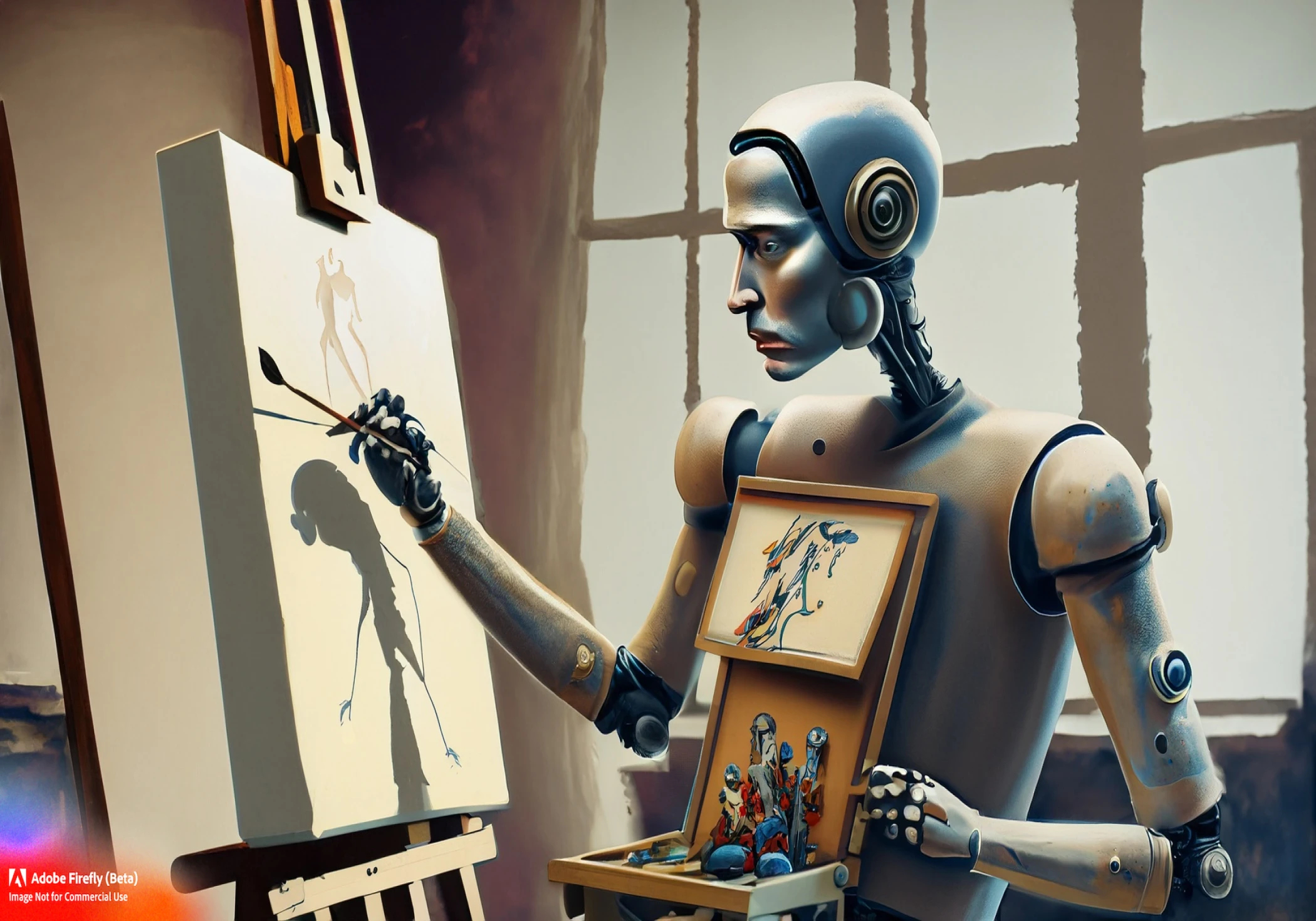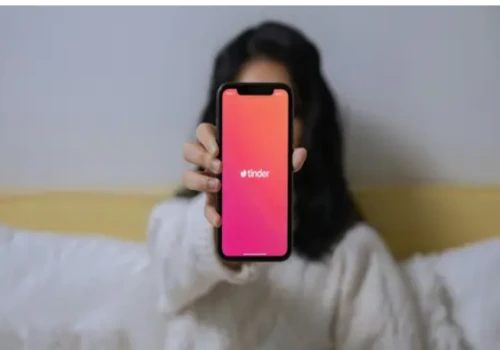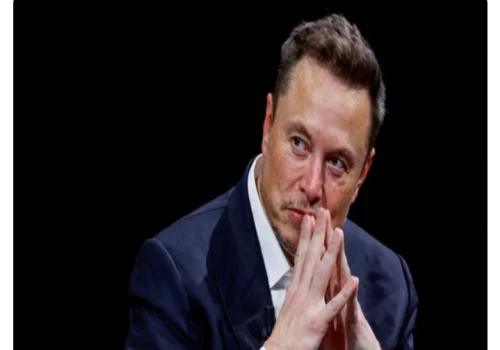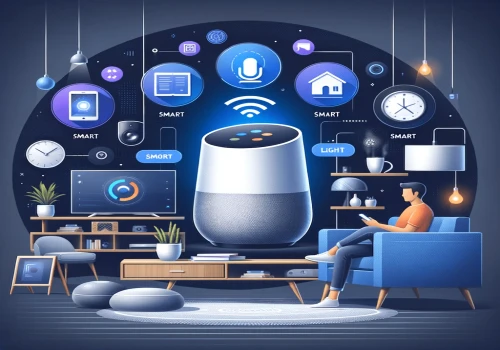
For centuries, art has been a realm of human expression, pushing the boundaries of imagination and interpretation. But the winds of change are blowing, and a new frontier is emerging: human-AI collaboration in art. This powerful synergy between human intuition and artificial intelligence's vast potential is reshaping the creative landscape, birthing a future brimming with exciting possibilities.
Traditionally, artists have relied on their skill, vision, and tools to bring their ideas to life. Today, AI acts as a versatile collaborator, offering a unique set of tools that can augment the creative process. Artists can leverage AI for tasks like:
1.Idea Generation: AI can analyze vast datasets of existing art forms, generating unexpected combinations and fostering new artistic directions.
2.Variational Exploration: Imagine feeding your initial sketch into an AI system and receiving a multitude of creative variations, each pushing the concept further.
3.Technical Assistance: AI can handle repetitive tasks like color palette generation, texture creation, or even composing musical pieces that complement the artist's vision.
This collaboration isn't about AI replacing artists. The human touch remains paramount. Artists curate the AI's output, selecting, refining, and injecting their own artistic sensibility. The result is a fusion of human intuition and computational power, leading to the creation of art that might not have been possible otherwise.
Consider a sculptor using AI to generate potential forms based on a chosen theme. They then select the most intriguing form and refine it, adding their own personal touches and details. The final sculpture becomes a testament to the powerful fusion of human vision and AI's ability to explore vast creative spaces.
Human-AI collaboration isn't limited to visual arts. Imagine a musician feeding a melody into an AI system, then receiving multiple variations and accompaniments, each exploring different moods and genres. The musician then selects the most compelling elements, weaving them into a unique composition.
This new frontier, however, comes with its own set of challenges. AI algorithms can perpetuate biases present in the data they're trained on. Artists need to be aware of these biases and curate the AI's output with a critical eye. Additionally, questions of authorship and ownership arise in collaborative works. Is it the artist who conceived the idea, or the AI that generated the variations? These questions are part of the ongoing conversation about the evolving nature of art in the digital age.
Despite the challenges, human-AI collaboration in art presents a future brimming with possibilities. We can expect to see the birth of entirely new art forms, the democratization of creativity through user-friendly AI tools, and a deeper understanding of the very nature of artistic expression. This is a new frontier, and as we explore it, the lines between artist and machine will continue to blur, giving rise to a future where human and artificial creativity intertwine to paint a new masterpiece on the canvas of human experience.






